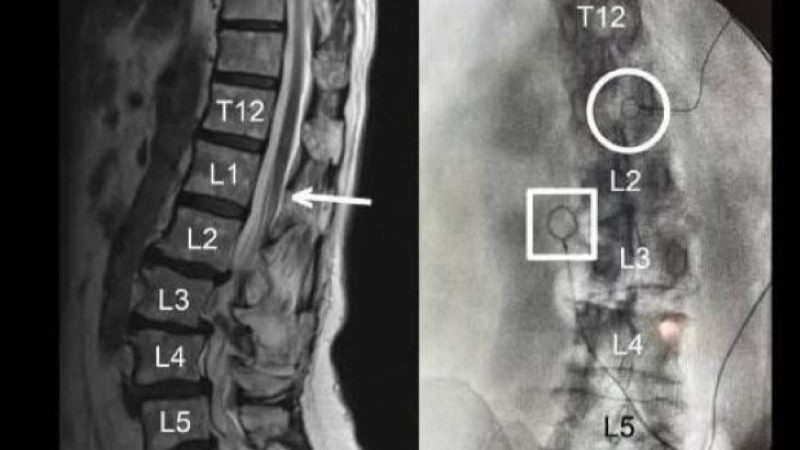
The Netflix original series, Stranger Things, has helped generate increased public awareness of the rare disorder cleidocranial dysplasia (CCD) thanks to actor Gaten Matarazzo III, according to the findings of a research letter published in JAMA Otolaryngology Head & Neck Surgery.
The hit science fiction series features Matarazzo, who was born with CCD – a disorder he shares with the character he plays, Dustin Henderson. The most pronounced features of CCD include absent or abnormal bone growth of the clavicles and teeth – and these features have been displayed in scenes where Dustin educates his peers about the disorder.
The researchers of this study postulated that television portrayals of rare disorders may augment public awareness – especially on shows with broad viewership, such as Stranger Things. To conduct this study, they explored, downloaded, and retrospectively analyzed the relative search interest of CCD in relation to release dates of Stranger Things. They aggregated data over a five-year period, from July 20, 2014 to July 16, 2019 using the health query category with keywords cleidocranial dysplasia. They also contacted several CCD-related foundations (Children’s Craniofacial Foundation, AboutKidsHealth, and FACES: The National Craniofacial Association) to determine website traffic and call volumes subsequent to the release of each season of Stranger Things.
Matarazzo Has Made a Big Impact
The results of the study showed that relative search interest for CCD increased by 94.4% (95% CI, 90.3% to 98.6%) above the expected search interest the week following the release of the most recent season of Stranger Things (season 3). The researchers observed an average increase of 11.2% (95% CI, 3.8% to 18.6%) following season 1, and an average increase of 12.9% (95% CI, 6.8%-19.0%) was seen after season 2.
Moreover, the study found that all contacted CCD-related foundations reported an increase in public interest about CCD after the release of Stranger Things; however, the researchers noted that only data from AboutKidsHealth were quantifiable. Prior to the release of Stranger Things, AboutKidsHealth reported an average of of 5 to 80 CCD-related website page views per week. The week after the release of season 3, website traffic to CCD-related pages reached 10, 000 visits.
I dump on celebs & pop culture a lot. But need to recognize the plus side! Pop culture can raise awareness, normalize, & help to destigmatize & build communities.
"Public Awareness of Cleidocranial Dysplasia After Season Releases of #StrangerThings https://t.co/hiffy40IUU pic.twitter.com/v9gcp9Uswt
— Timothy Caulfield (@CaulfieldTim) February 21, 2020
“The release of each season of Stranger Things has been associated with an increase in weekly search interest for CCD above expected,” the researchers authors concluded.
“Since the introduction of CCD on Stranger Things, Matarazzo helped establish the foundation CCD Smiles to promote global awareness, provide dental care assistance, and support research. Through their expansive reach to the public and media connections, celebrities such as Matarazzo may serve as positive agents to raise awareness and educate the general public.”
Fascinating.
Out in @JAMAOto today.
Public Awareness of Cleidocranial Dysplasia After Season Releases of #StrangerThings https://t.co/sZQqwFEyCS#CleidocranialDysplasia pic.twitter.com/2MctmKyrlV
— Chris Hendel (@chrishendel) February 21, 2020
Just out in @JAMAOto: Public awareness of Cleidocranial Dysplasia increases after season releases of @Stranger_Things! @GatenM123 @netflix @CCDSmiles @AboutKidsHealth @DavidKHarbour @Bmattvassar @TrevTorgerson https://t.co/DiUEAWRjHp
— Austin L. Johnson, DO (@Austin_J93) February 20, 2020







 © 2025 Mashup Media, LLC, a Formedics Property. All Rights Reserved.
© 2025 Mashup Media, LLC, a Formedics Property. All Rights Reserved.